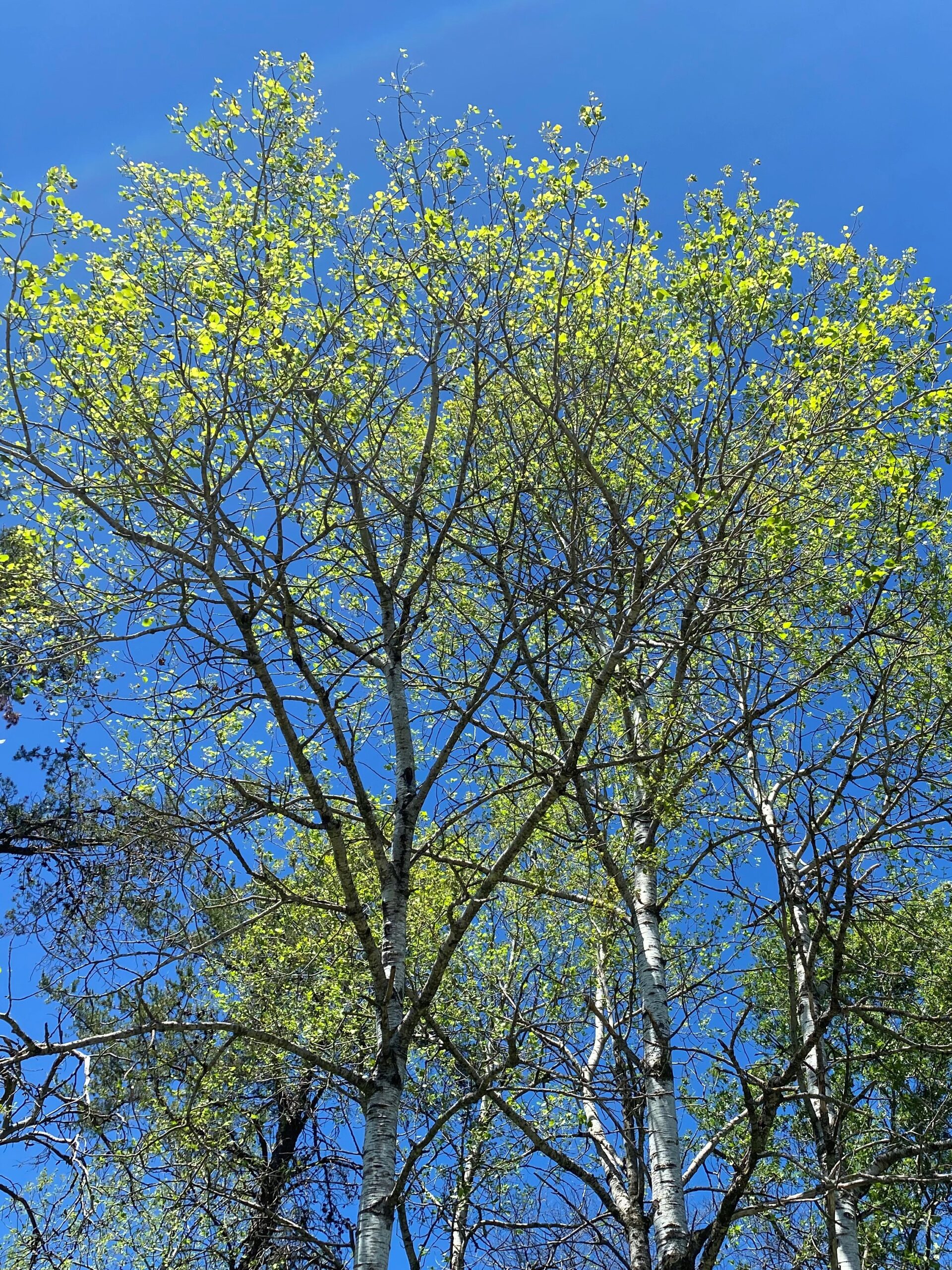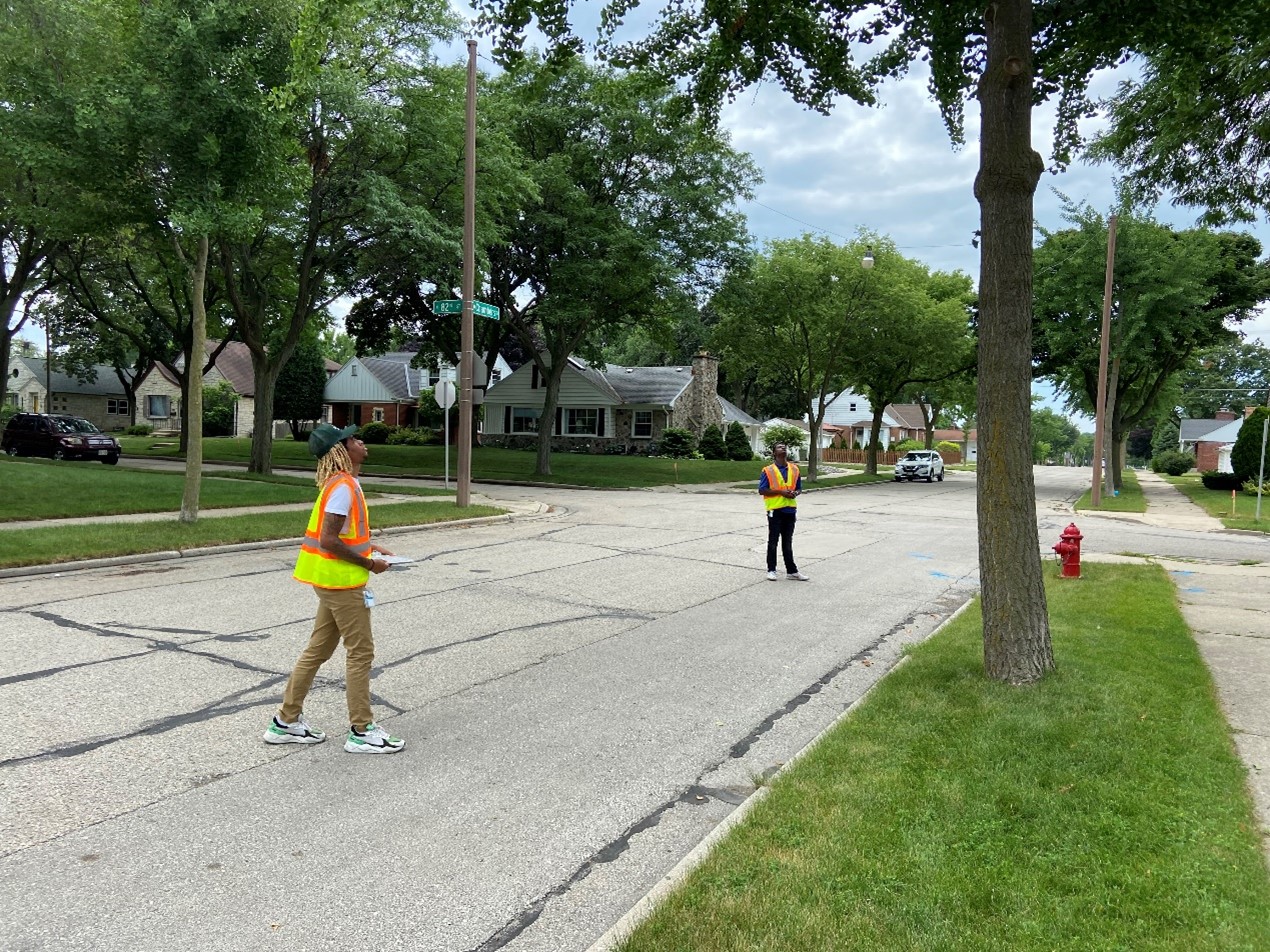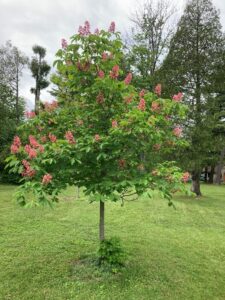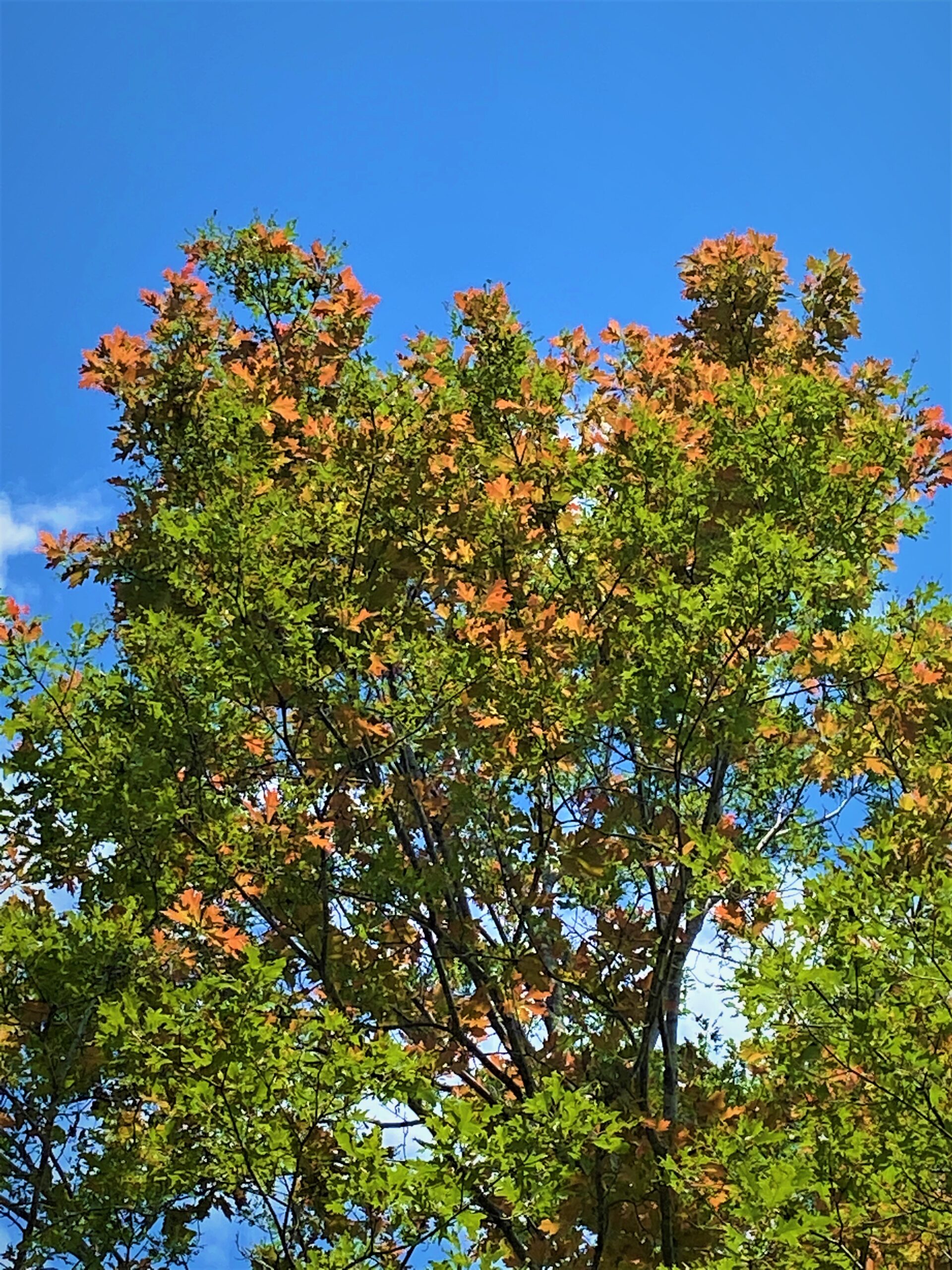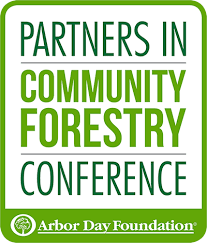
Sponsored by the Arbor Day Foundation, the Partners in Community Forestry conference will be held in-person in Seattle on Nov. 17 and 18, 2022. This conference is the largest international gathering of urban forestry practitioners, advocates, researchers and government leaders. Bring your skills, your hunger for knowledge and your passion for community forestry as you mingle with like-minded professionals: the thinkers, doers and thought leaders in community forestry. You can view the agenda here.
Partnering events held the same week include the Society of Municipal Arborists’ 58th Annual International Conference and Trade Show (Nov. 14 and 15), the Alliance for Community Trees Day (Nov. 15), Urban Wood Network Academy (Nov. 15) and the Utility Arborist Association Meeting (Nov. 15). There are separate registration and fees required to participate in the partnering events.
Continue reading “Register For The Partners In Community Forestry Conference”

